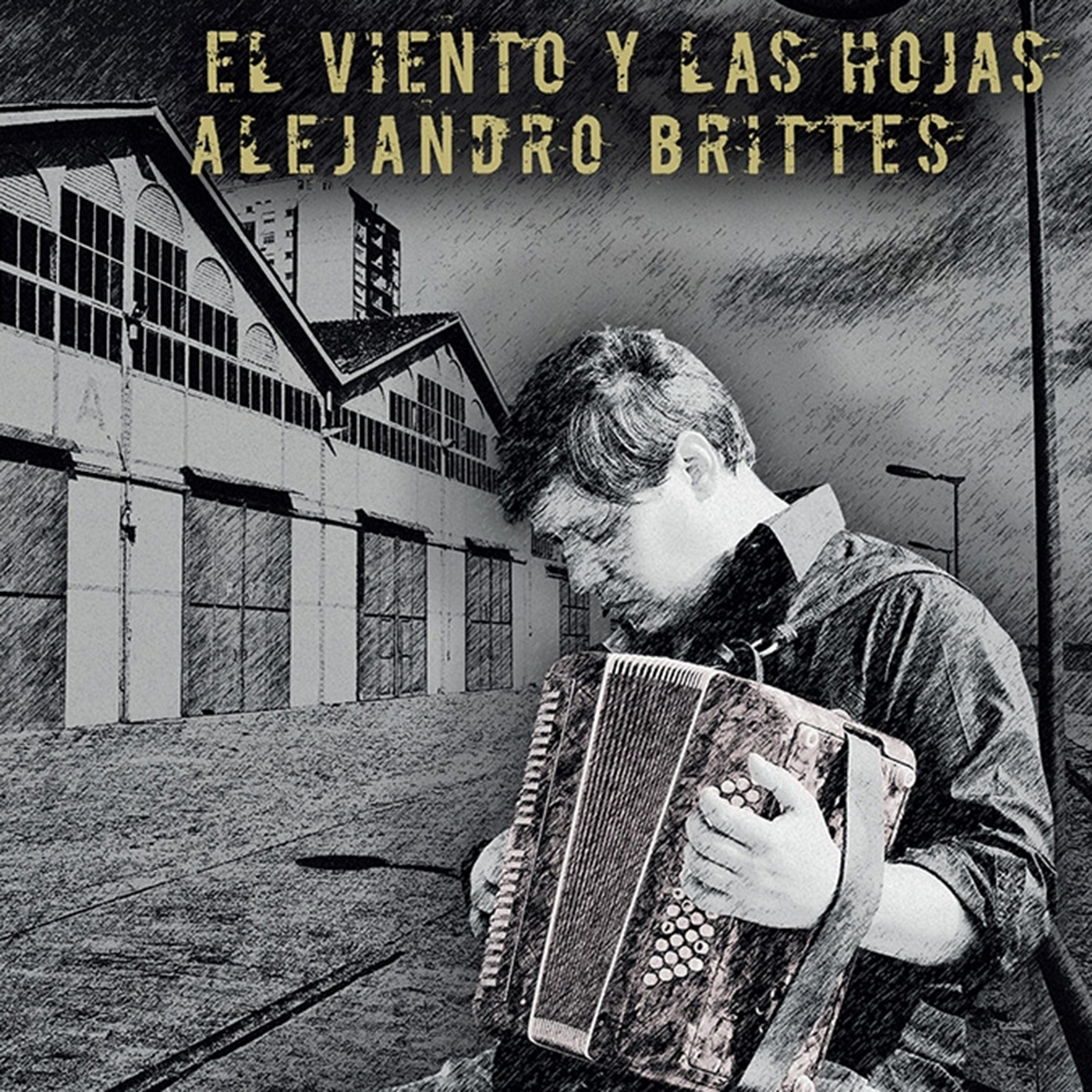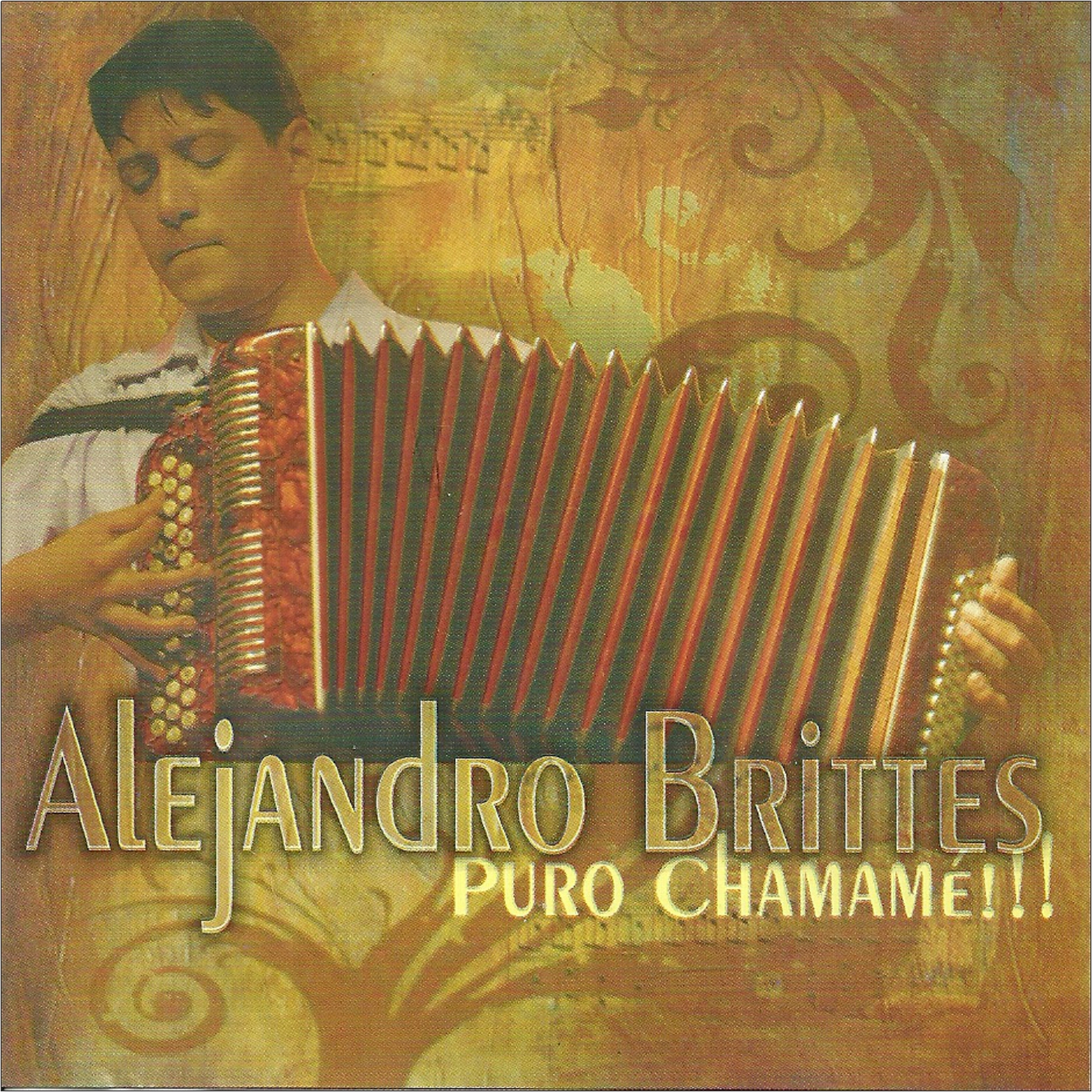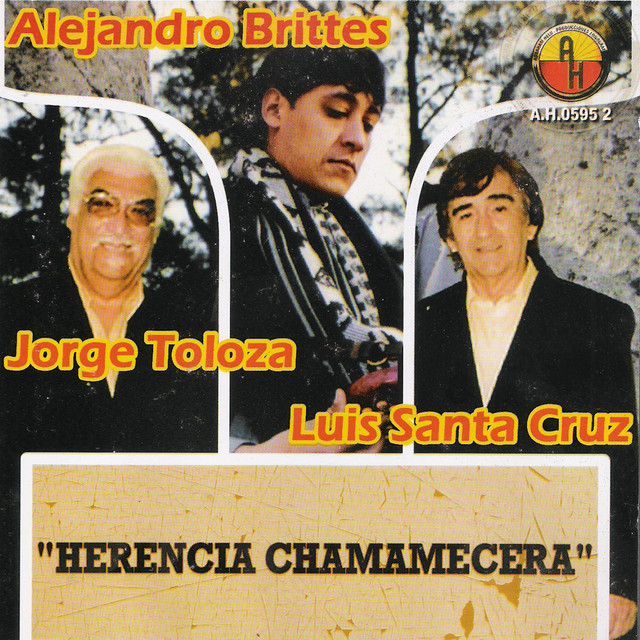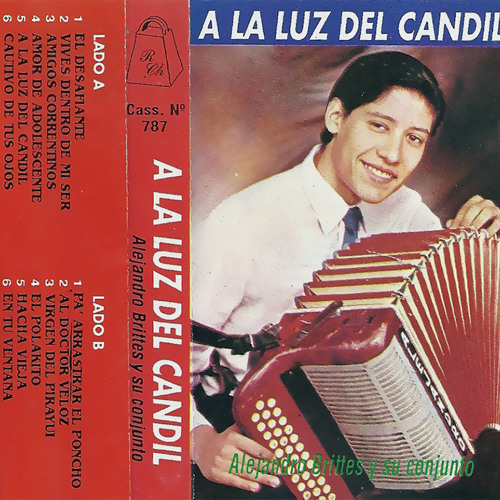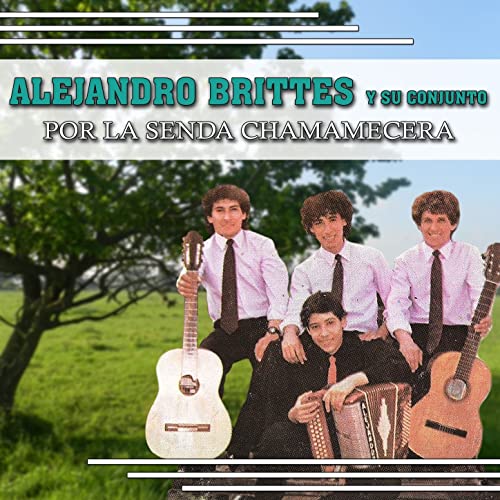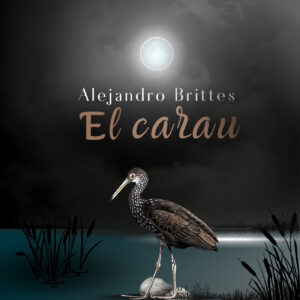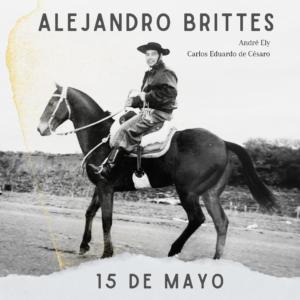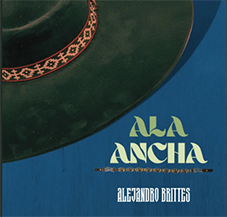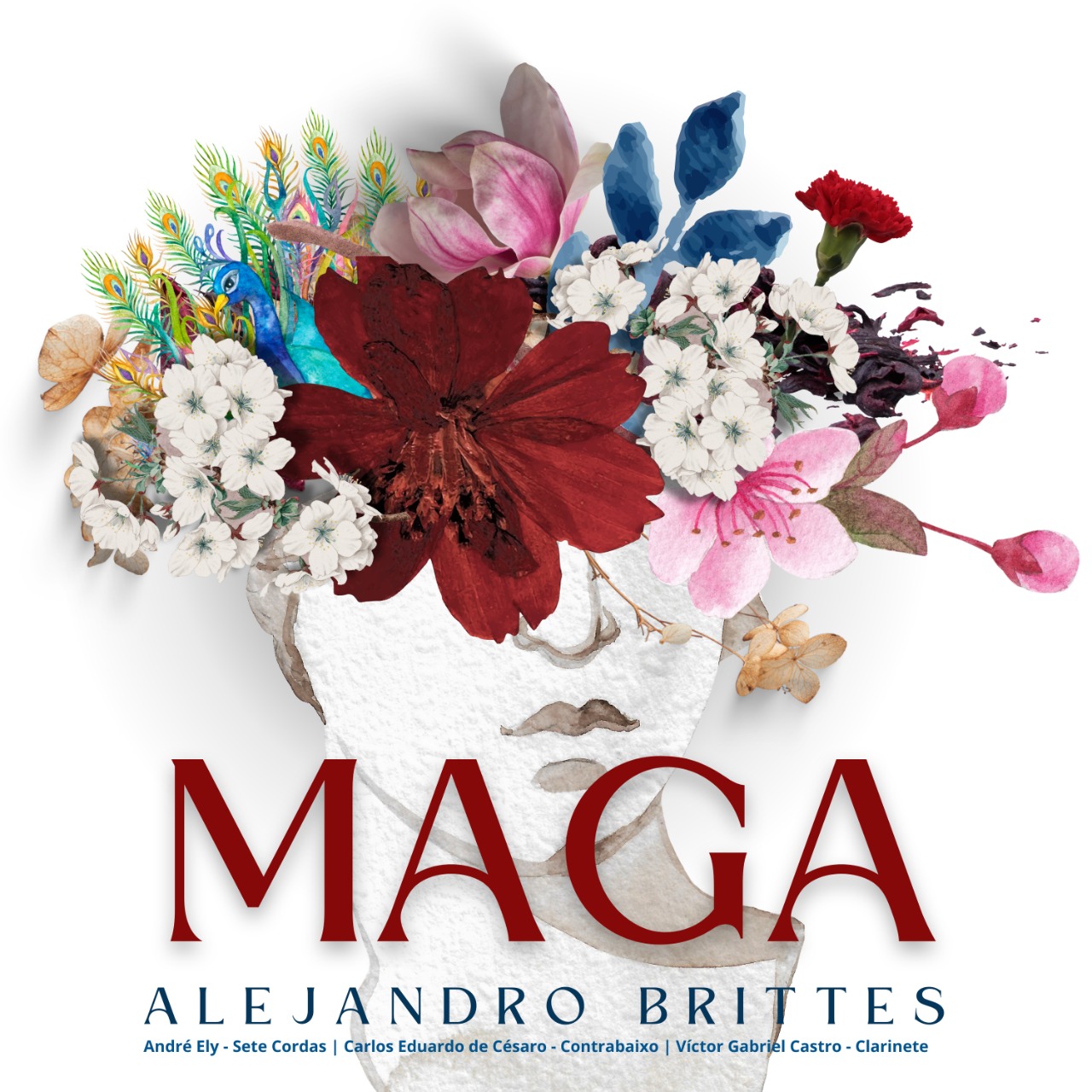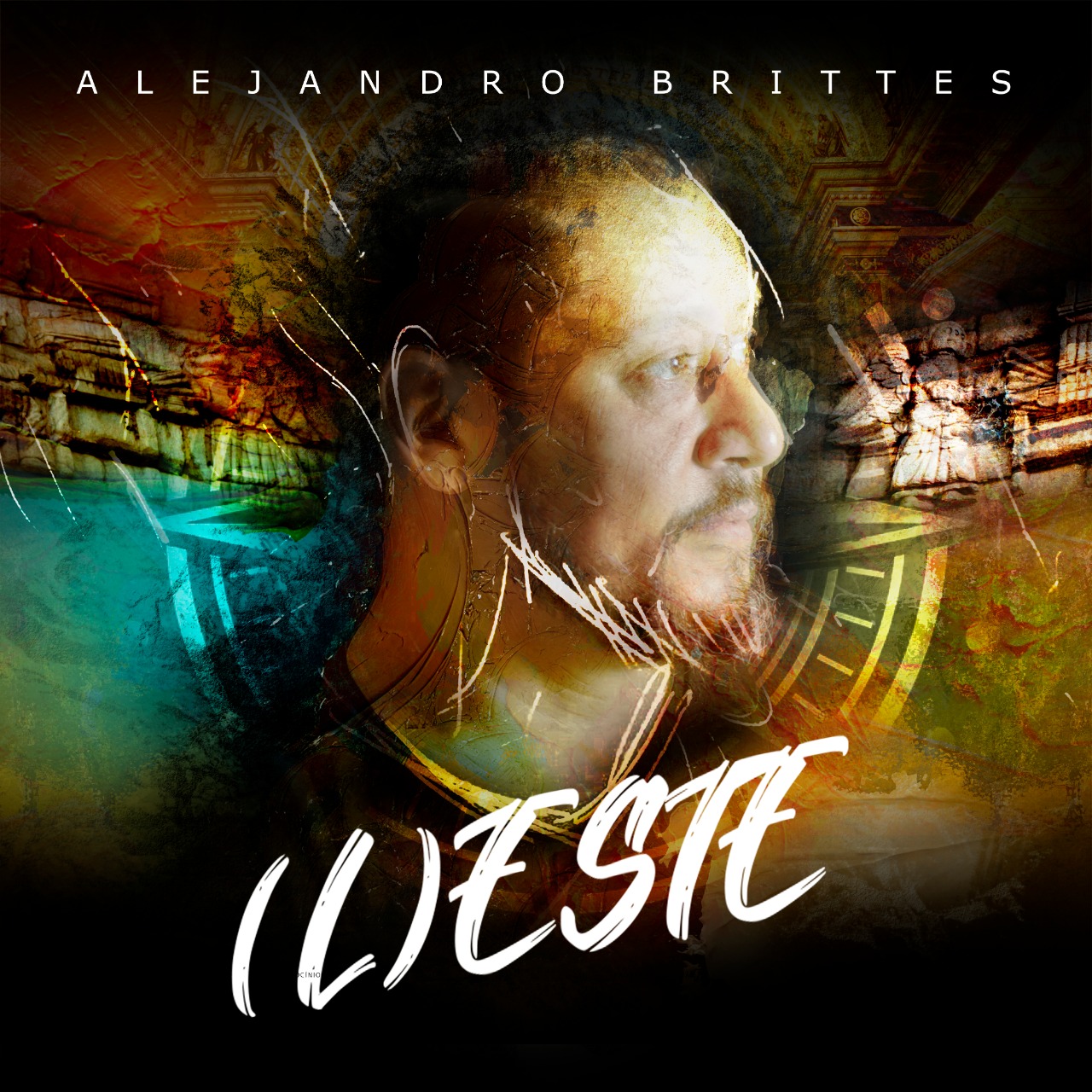
ALBUM RELEASE
The album “(L)ESTE” is Brittes´s ninth original album. It is a cross-over between the rhythm of his cultural background, Chamamé, with Baroque music with arrangements of the incredibly talented Maestro Fernando Cordella, executed with a marvelous orchestration of Chamamé´s traditional instruments in dialogue with Baroque instruments. “(L)ESTE” is pure synergy, experience and connection with musical history from here, South America, an unprecedented work, being the first album to be released in South America combining Chamamé and Early Baroque music.
DISCOGRAPHY
new album: (l)este (2022)
The album “(L)ESTE” is Brittes´s ninth original album. It is a cross-over between his rhythm of his cultural background, Chamamé, with Baroque music with arrangements of the incredibly talented Maestro Fernando Cordella, executed with a marvelous orchestration of Chamamé´s traditional instruments in dialogue with Baroque instruments. “(L)ESTE” is pure synergy, experience and connection with musical history from here, South America, an unprecedented work, being the first album to be released in South America combining Chamamé and Early Baroque music.
The album was recorded live, with the entire orchestra composed of Baroque-period instruments: harpsichord, oboe, viola da gamba, cello, first and second violins, as well as folkloric instruments: 7-stringed guitar, contrabass, percussion, and accordion.
The sonority of the album seeks to represent the sonic aesthetic of a Mission church so that we can mentally travel there, this is the reason why the recording was made in the Igreja São José – La Salle. All the sonic ambience also tells a story and has the purpose of connecting us to a cavern in which primitive man began making music. In its origin, Chamamé had Early Baroque influences, which means we can connect it to the first human being who made music.
This album paints a portrait of the primordial origins of Chamamé, of the cultural paradigm of the encounter between the Guaraní and Early Baroque music, introduced in the thirty Mission communities by the Jesuits in the South American colonial period which were the initial bases that gave birth to the rhythm.
MUSICIANS:
Alejandro Brittes – Accordion
Fernando Turconi Cordella – Harpsichord
André Ely – 7-stringed guitar
Carlos Eduardo de Césaro – Contrabass
Diego Schuck Biasibetti – Cello/Viola da Gamba
Ricardo Arenhaldt – Percussion
Giovani dos Santos – First Violin
Marcio Cecconello – Second Violin
CREDITS:
Musical Director – Folkloric Ensemble– Alejandro Brittes
Musical Director – Baroque Ensemble-Fernando Turconi Cordella
Executive Producer/Production Director – Magali de Rossi
Recording and Mixing – Fabiano Turconi Cordella
Master – Luciano Vargas (Estúdio K30)
Photography/Video director – Eduardo Rocha
Recording assistant – Lorenzo Cordella
Logistics – Diego Vinício Vogt
Logistics – Matheus Osório Goelzer
Graphic Design- Marcelo Moraes
Recorded in the Capela São José – Igreja La Salle| Canoas/RS
Supported by the Lei Rouanet – Pronac 18-2590 – Sponsors:
Auto Pratense, Grupo Bugiu, Rio Grande Seguros e Previdência and Tintas Killing.
el viento y las hojas (2013)
The album “El viento y las hojas” is composed of thirteen instrumental compositions, primarily original compositions, but also has a composition of Brazilian accordionist Bebe Kramer titled “Hermanos Flores” made in honor of the brothers Rudi and Nini Flores, in this way the piece comes to be a personal homage to Nini, who was Alejandro´s accordion professor at the beginning of his musical studies.
We can state that, in this album, two compositions are highlighted, “El viento y las hojas” and “Mi cielo”. A distinct characteristic of Alejandro Brittes´s discography is that no album is similar to another and all possess sonic variation and original music. In this way, the following compositions stand out “El viento y las hojas” e “Pata y Muslo”, these being of different melody and harmonization. The rhythms that compose this album are: Chamamé, Shotis, Vals and rasguido doble.
Another distinctive feature of this work is the incorporation with Brazilian musical stylings with the presence of the young instrumentalists from Rio Grande do Sul: André Ely, Lucas Rocha and Diego Müller.
“El viento y las hojas” was recorded by the musicians: André Ely and Lucas Rochas on 7-stringed guitar, Juan Ignácio Peralta on bass, Marcos Press on violin, Ignacio L. Porjolovsky on viola, Julian Ignacio Arellano on cello and Diego Müller on cajón.
This album marks the musical development of Alejandro with classical music. The album has three pieces that were arranged for a chamber orchestra. “El viento y las hojas”, evoking Buenos Aires, possesses a porteño aesthetic with a modern cadence with a certain amount of melancholy, yet also with force.
puro chamamé (2010)
In homage to the Brazilians who opened doors for Alejandro and his music, upon arriving to the country, Alejandro selected various pieces from his previous albums to show his gratitude for showing so much love and support for his work.
herencia chamamecera (2008)
This album, as it names suggests, “Herencia Chamamecera”, is a revival of the form in which Chamamé was performed from the 1940´s to the 1970´s. In this album, Alejandro invites two great Chamamé artists that performed with innumerous icons of the genre´s old guard: Jorge Toloza, who was the vocalist of the ensembles of Ernesto Montiel, Damásio Esquivel, and Abelardo Dimotta, and also inviting Luís Santa Cruz who performed bandoneón with Roberto Galarza, Julio Luján and Emílio Chamorro.
The musical project prioritized the reproduction of the typical Chamamé quartet: accordion, bandoneón, guitar, bass and vocals. It goes much beyond the idea of a “quartet”, concentrating on the musical dialogue between four hands, in this case, the left and right hands of the accordion with the bandoneón, which is executed with the same technique.
We can affirm that, this orchestra, in its composition of instruments, substitutes a typical chamber orchestra of the Mission period in lowland South America. This very unique format of Chamamé was created by Ernesto Montiel that marked in stone this traditional manner of musical execution of his compositions that, until this day, are very well received by the public that follows Chamamé.
Another highlight of this album is the piece “Gallo Sapucai” in which the Chamamé vocalist Jorge Toloza participates in the music with his voice, the invitation for his participation being a demonstration of the love and friendship that Alejandro has had with Chamamé´s pioneers
por la misma senda (2006)
“Por la misma senda” means on the same path, which defines the album. In this recording Alejandro’s sister Irene Brittes debuts on the compositions “Boquita de Miel” and “Cuando vuelvas”. The album gifted the public with pieces that, until this day, are requested by audiences, such as “Toro mocho” and “Ofrenda a tus ojos”. For the romantics, the composition “Me dejó su perfume” is a delight. Alejandro also reinterprets classics such as “Cambá Cuá” (Black neighborhood), a piece that portrays the San Baltazár festivities carried out in the neighborhood which carries its name in the city of Corrientes. We can affirm that Alejandro gives a new interpretation of the piece, exploring the left hand basses of the accordion in a percussive fashion, evoking local black festivities. This new element is related to the understanding that Alejandro has that the percussive characteristic of playing the left hand accompaniment on the accordion is a legacy of the black communities of northeastern Argentina.
pal ‘taconeo (1998)
This album is marked by its affection. Two original compositions transport Alejandro to his family home with Márcia, his mother in the month of July…memories, since July is the birthday month of the Brittes siblings (Irene and Alejandro). In this album, Alejandro began to compose pieces with a cross-over style between Chamamé and Classical Music, such is the case of the piece “Desde Buenos Aires”, his classical inclinations go beyond the legacy of the conservatory where he studied.
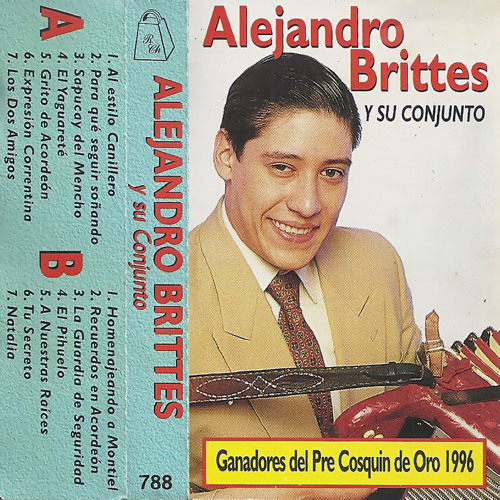
ganadores de pré cosquin oro (1996)
This was a transformative album of Alejandro´s career. After winning the largest folkloric music festival of Latin America as a solo instrumentalist, in the Cosquín Festival in Córdoba, Argentina, the album came to fruition, and with it, Alejandro had his merit as a musician recognized. A double-sided cassette album, it had mainly original compositions, with the piece “El Pihuelo” being the central song track of the album, and being the piece with which he won Cosquín. It is an encompassing album with a lot of energy. We can state that here Alejandro began to define his identity and personal musical style and technique. It merits mentioning that pihuelo is a part of spurs, used by gauchos in horseback riding. It is the piece that supports the spur (circular, serrated, metal disc). This rasquido doble, a musical rhythm for dancing, carries that name because the gauchos tend to frequent dances in traditional dress, and the spurs make percussive noise when the dancer stomps his feet.
a la luz del candil (1992)
This album is in homage to his grandmother, who was Guaraní, possibly Mbyá, from Santo Tomé – an old, colonial Jesuit Mission. Candil is a type of lantern, whose light was the only thing to illuminate the humble dwelling of clay and straw, far for the noise of the city. In this album, Alejandro began to present his work as a composer, interspersing his personal compositions with those of great Chamamé artists. The A side of this cassette album has the piece “El desafiante”, a work that was well-loved and heard on radio stations until this day. For those who like traditional Chamamé, this album is right up their alley.
Por la senda chamamecera (1991)
This was the first recording of Alejandro´s career. We can classify it as his debut album, Alejandro was only fifteen years old. Since he had always identified himself as a Chamamé musician, the album is proof of that because it contains various compositions of great names of Chamamé such as Ernesto Montiel, Tránsito Cocomarola, Mario Millán Medina, Fito Ledesma, Constante Aguer, Ruben Miño and Avelino Flores. As Alejandro himself states, it is an album performed by a child, as his style began to take baby steps.
SINGLES
El Carau (2024)
Compilation by Emilio Chamorro, it is a rescue of Argentine folklore. Alejandro creates new arrangements and gives the music a new look! In this song Brittes gives all his love to the rhythm and overflows all his magic in the solo performance of the accordion accompanied by a special sound created especially for this work by music producer Luciano Vargas.
Agreste Bermejo (2023)
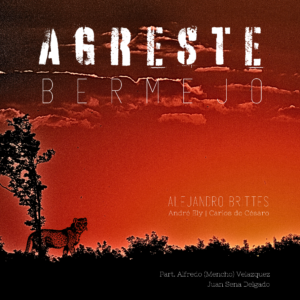
It is a tribute to the party held by friend Javier Yulan to the popular saint Gauchito Gil that takes place on January 8 at Chaco Impenetrable. The party takes place in the middle of the dense forest and in it a clearing is opened to recreate a dance “floor”, and the festivities are watered by Chamamé and Chacarera.
Single Terracota (2023)
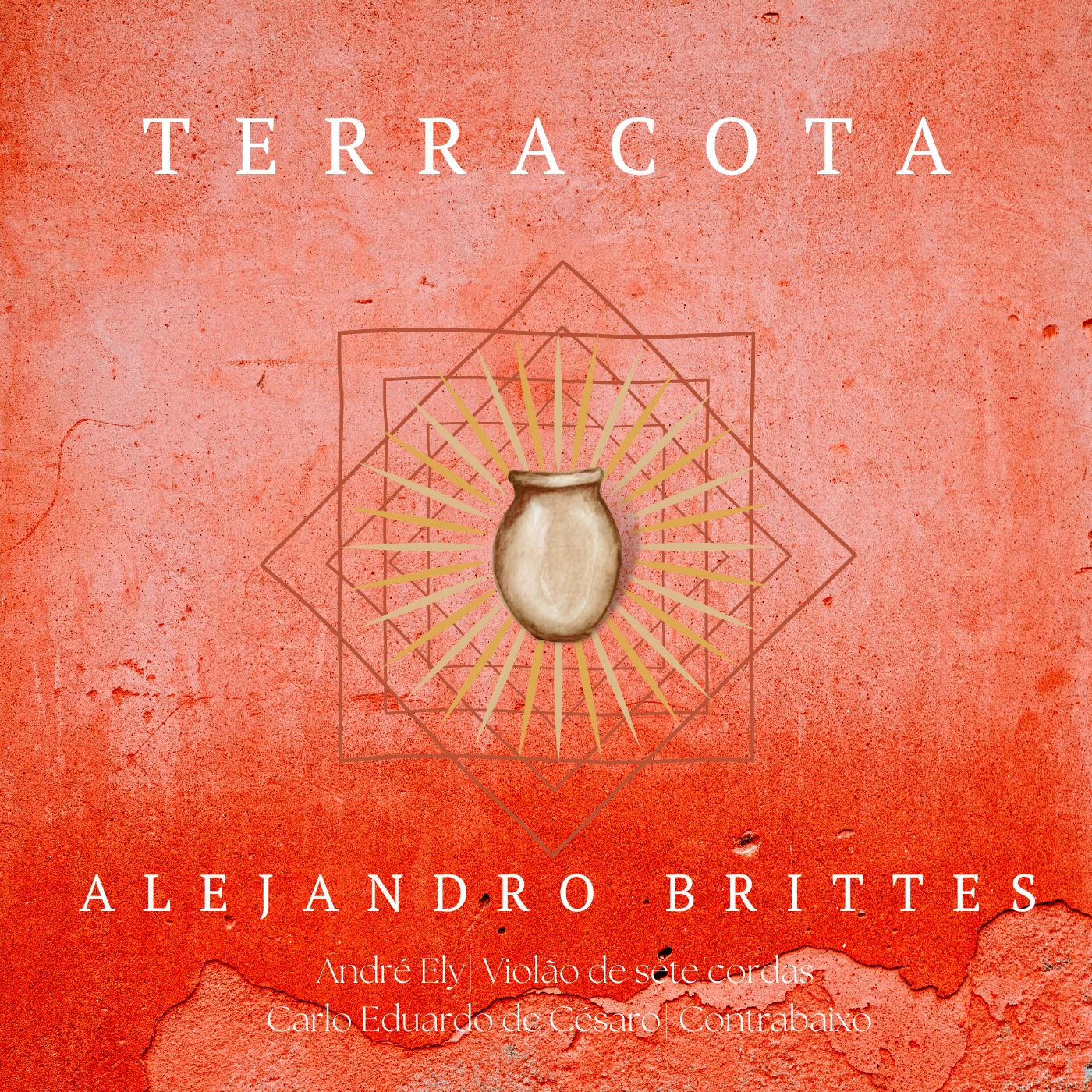
The word terracotta has an Italian origin, which designates a type of ceramic, very rigid and extremely durable. The clay used has a stupendous quality, in addition to other clays used to make objects. It can have different colors, from white, cream and red and has always been used in human history to portray shapes and utensils, statues, vases, etc. I understand that our Chamamé is like terracotta, lasting, because the ancestral essence that sails in the memory of our Chamamé musicians is of a unique quality, baggage from our Guaranis and the Baroque brought by the Jesuits. Today, just like terracotta, it takes on different colors and shapes, but still has the same essence.
Single Laberintos (2022)
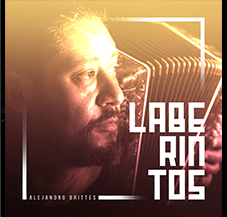
Alejandro went to visit a very unique mountain in Brazil. As he hiked in the middle of the forest, he got lost in a natural labyrinth for 46 hours. When he slept, he dreamed that a being led him to a road, and upon awakening, he followed the path shown in his dream, and was able to find his way out. This music reflects the transcendental experience of connection with the universe. This piece has a different cadence with touches of jazz, both in its arrangements and in the drumkit of Oscar Giunta, one of the great names of Argentine jazz that participated in this track as an invited musician. In addition to Oscar, the single was recorded by musicians André Ely on 7-stringed guitar, and Carlos de Césaro on contrabass.
Single Un mate y la distancia (2022)
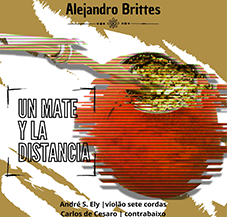
As the name states, “Un mate a la distancia”, the distance between all of us and everything was caused by the pandemic in which the nostalgia of sharing a mate with friends and family was one of the most devastating feelings of that period. Mate is a symbol of re-encounter and sharing, beyond the drink consumed, and is of Guaraní origin and popularized in the tradition of southern Brazil, Argentina, Paraguay, and Uruguay, and is a signal of friendship. This chamamé was composed in a minor key, which affords this single both melancholy and hope.
Single La colorada (2022)
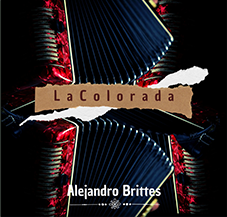
We can say that this song is about homage. It’s a nickname dedicated to his accordion, “The Red One”. Lara, as she is closely called, was given to Alejandro when he was only 3 years old by the Argentine accordionist Fito Ledesma, according to “Tio Fito” as Alejandro still calls him today, he realized that he would be an accordionist at a very young age. Like this accordion, famous Chamamés were composed, such as El guazuncho by Ernesto Montiel and Fito Ledesma. It is an instrument that is 75 years old, and yet it follows Alejandro’s dreams, and it is on it that he pours out all his emotion that is transformed into melody and arrangements.
Single Raíces del alma (2019)

In this single, Alejandro shares his authorial creation with Lúcio Yanel, an Argentine violinist who changed the way of playing the guitar in Rio Grande do Sul. It also features the participation of maestro Raúl Barboza, chamecero accordionist, one of the great names of the genre. Raíces del alma represents, above all, Alejandro’s identity, which, in addition to identifying him, is rooted in his human essence. The single was recorded in Buenos Aires at Ceibol studio and Mixed at K30 studio in Porto Alegre.
SHOWS

